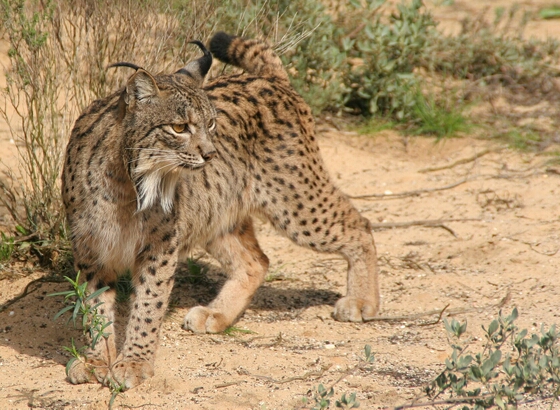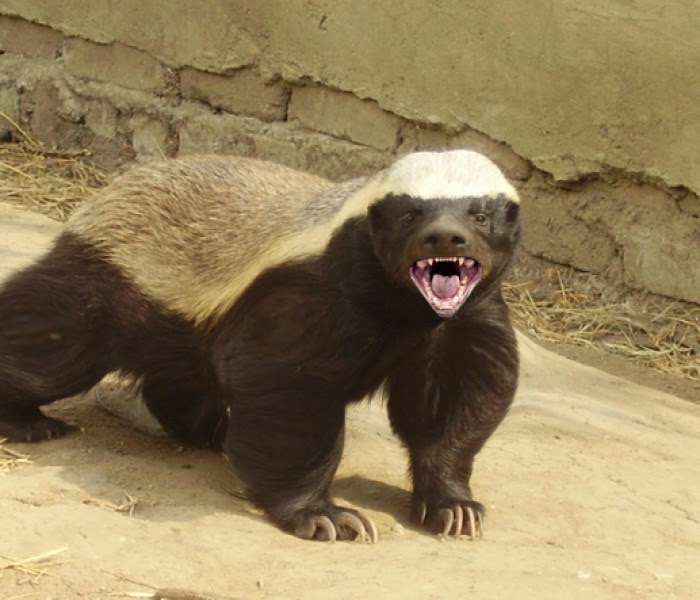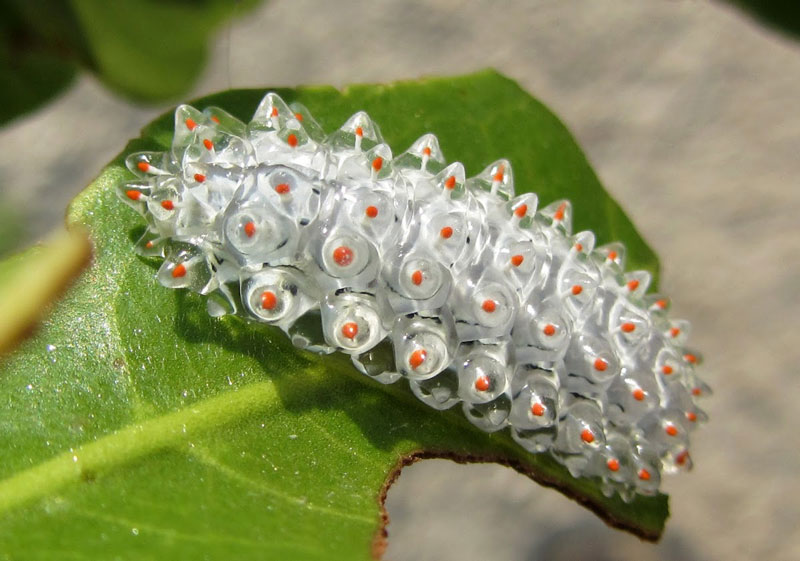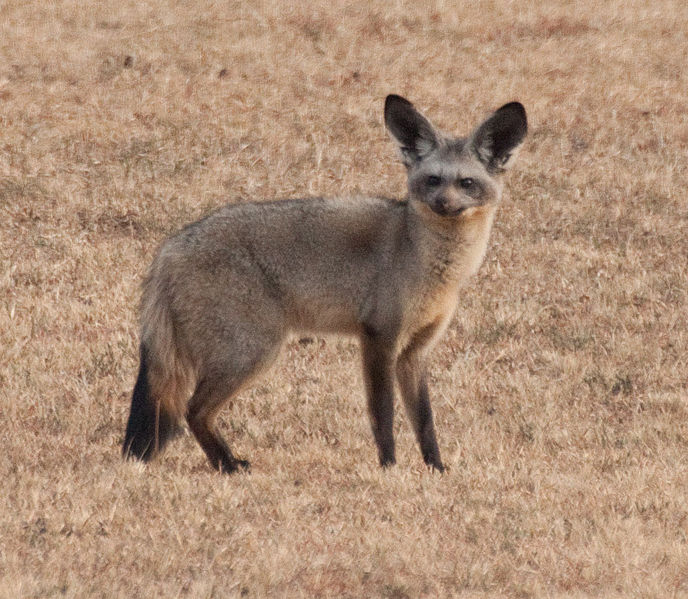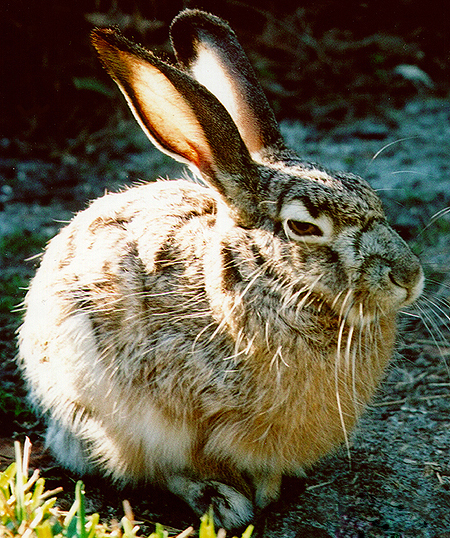
We are going to celebrate the fact that it is Friday by heading to the deserts of southwestern United States and Mexico. Wandering the desert may not sound like a treat for you but I will give you two reasons why this will be a great trip. First of all winter is coming soon so I am trying to put it off by visiting warm locations. Secondly, we will have the opportunity to observe the popular Black-Tailed Jackrabbit. This is one of the largest hare species in North America so it should be a good time.
Now don’t let the name fool you. Although they are called jackrabbits, they are actually a hare. We all know that hares and rabbits are different, right? One of the differences has to do with the fact that the babies of the hare are actually born with fur and open eyes, unlike rabbits. Anyways, back to the Black-Tailed Jackrabbit. As mentioned, they are one of the largest hares in North America, typically ranging in size from 51-61 cm (20-24″). Wow! A two foot long hare. That is actually quite large compared to the rabbits I had while growing up.
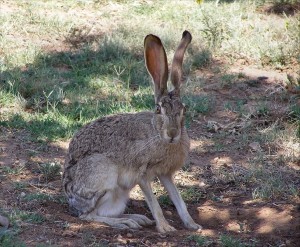
Although they may be big compared to other rabbits and hares, this doesn’t protect them from predators. They still provide a valuable food source for animals such as owls, hawks, snakes, foxes, coyotes and of course bobcats. With that many animals looking for a quick meal you have to figure the Black-Tailed Jackrabbit has developed some sort of method for escaping potential predators. Well, these hares have very acute hearing and of course they can run like the wind. In fact they are able to obtain speeds up to 56 km/hr (35 mph). Although, these animals are typically solitary creatures, they have been known to form groups while sleeping or foraging. This provides safety in numbers as well as additional ears to hear the hungry predator sneaking up on them.
Black-Tailed Jackrabbit Fast Fact – Since they live in the desert, you may expect the Jackrabbit to dig a nice burrow to protect them from their harsh environment. Surprisingly they have actually developed an alternative method to burrowing. The will seek out a clump of tall grass or maybe a shrub. They will scratch out a nice bed at the base of this vegetation which provides them with the much needed shade. During the winter months they will find thicker vegetation to protect them from the dangerous desert winds.
How about that? Another week of Wild Facts is in the books. I hope you enjoyed the week. Have a great weekend.



